European Snowball Viburnum Bush – 3 Gallon Pot
$79.97 Original price was: $79.97.$55.98Current price is: $55.98.
SKU: D2LSC 0709687109 Categories: SHRUBS & BUSHES, Snowball Bushes
- 7 days return and exchange
- 100% Quality Satisfaction
- Shop with Confidence
- No Compromise on Quality

European Snowball Viburnum
Viburnum opulus ‘Sterilis’ – synonym ‘Roseum’
Plant Details
USDA Plant Hardiness Zones: 3a-8b Find Your Zone
Plant Type: Deciduous Flowering Shrub
Height at Maturity: 10-12′
Width at Maturity: 10-12′
Spacing: 6-8′ for solid hedge; 14’+ for space between plants
Growth Habit / Form: Upright, Broad, Rounded
Growth Rate: Moderate, Fast
Flower Color: Apple Green fades to White
Flower Size: 8-12″ clusters
Flowering Period: Spring
Flower Type: Single
Fragrant Flowers: No
Foliage Color: Dark Green
Fragrant Foliage: No
Berries: No
Berry Color: NA
Sun Needs: Full to Mostly Sun, Morning Sun With Afternoon Shade, Morning Shade with Afternoon Sun
Water Needs: Average, Low when established
Soil Type: Clay, Loam, Sandy, Silty
Soil Moisture / Drainage: Well Drained Moist to Dry when established
Soil pH: 5.5 – 6.5 (Acid to Slightly Acid)
Maintenance / Care: Low
Attracts: Visual Attention
Resistances: Deer, Disease, Insect
Description
Probably the oldest known Viburnum dating back to the 1500’s, when it was named ‘Sambucus Rose’, the European Snowball Viburnum is an extremely cold hardy selection that is prized for the LOADS of 3-inch diameter snowball-shaped flower clusters that emerge apple green and turn to pure white in mid to late spring. The flowers are so pretty that there’s a high demand for them within the floral industry, which means they are great for cutting and display in your favorite vase. The flowers are sterile so there are no fruits and seedlings to worry about. Attractive, 3-lobe maple-like leaves turn to red and yellow shades in fall adding to the overall appeal of this wonderful plant. Growing up to 12 feet tall and equally as wide, lower branches can be removed to form an attractive and colorful small tree. Another common name for the European snowball is the Guelder Rose, which refers to its origins in Gelderland, Netherlands.
Landscape & Garden Uses
Growing 10 to 12 feet tall and 10 to 12 feet wide at maturity, the European Snowball Viburnum can be grown as a large shrub or lower branches can be removed to form a very attractive small tree ideal for use as an eye-catching specimen or grouping in landscape and flowering shrub borders. Also useful to frame corners, accentuate entryways, or as espalier (trained to grow flat against a wall) in home foundation plantings. A fine addition to cut flower gardens, white theme gardens, cottage gardens and the Xeriscape (low water needs).
Growing Preferences
Viburnum is very easy to grow in most any average, moist but well drained soil and full sun to part shade. It prefers a loamy soil of average fertility. As with so many other ornamental plants, it does not like constantly soggy or wet conditions. Very drought tolerant when established and we’ve seen no serious pest or disease problems. Deer haven’t touched it in our gardens. For best flowering, at least 5 hours of direct sunlight per day is suggested. Responds very well to pruning for shaping, size control and tree forming. Prune as needed immediately after flowering.
Helpful Articles
Click on the link below to find helpful advice from our experts on how to plant and care for Viburnums.
How To Plant And Care For Viburnum Plants
Plant Long & Prosper!
Meet The Wilson Brothers & Staff
Questions? Contact Us
Be the first to review “European Snowball Viburnum Bush – 3 Gallon Pot” Cancel reply
Related products
New
SHRUBS & BUSHES
New
New
SHRUBS & BUSHES
New
SHRUBS & BUSHES
New
Camellias
New
Azaleas
New
Camellias
New






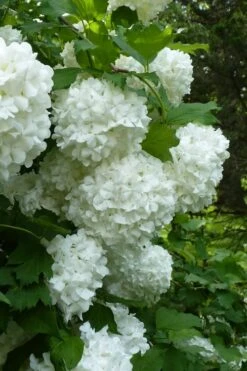




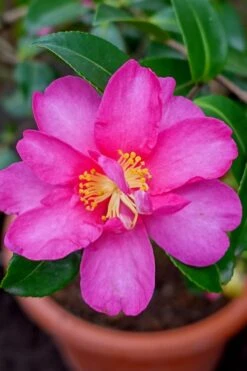
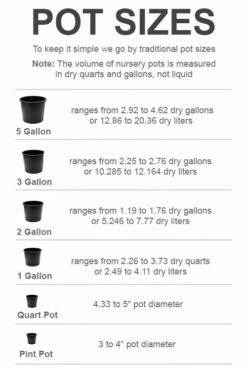


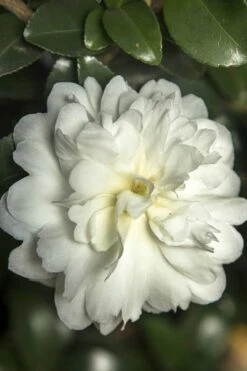
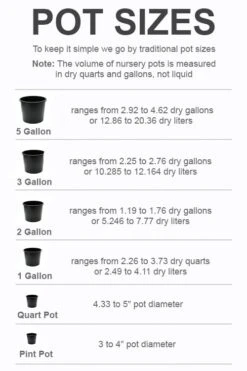

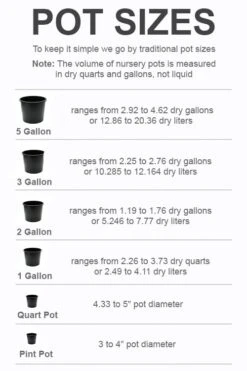


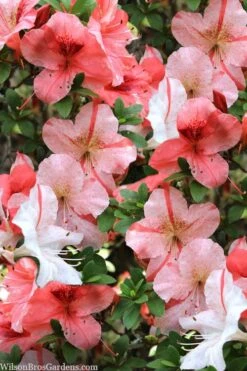
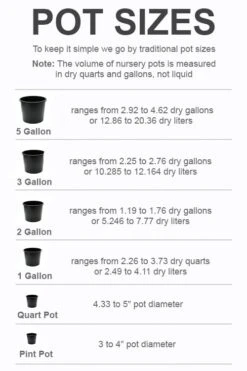
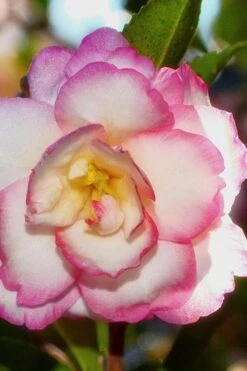
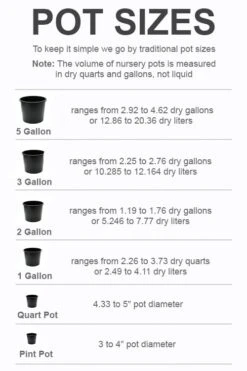


Reviews
There are no reviews yet.